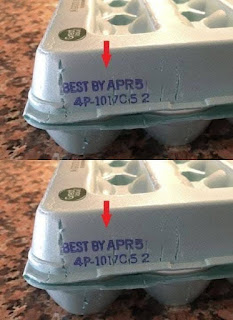When you pick up a carton of eggs, do you ever wonder what all those numbers and codes mean? Most people don’t, but they’re actually packed with useful information about the eggs’ freshness and safety. After years of working in grocery stores, I’ve learned that paying attention to these details can make a big difference.
Start by looking for the Julian date, a three-digit code that tells you when the eggs were packed. This date is important because eggs can stay fresh for up to 30 days from that packing date if stored properly. For example, a Julian date of “001” means the eggs were packed on January 1st. Checking this can help you avoid buying eggs that are past their prime.
Another important detail is the plant code, which starts with the letter “P.” This code identifies the processing plant where the eggs were packaged. It’s particularly useful during recalls, as it allows you to check if your eggs came from a facility involved in a safety issue.
Labels like “organic” or “pastured” also give you insight into the eggs’ quality and how the hens were raised. Additionally, the USDA grade shield can help you choose the right eggs for your cooking needs. Grade AA eggs, with their firm whites and yolks, are ideal for frying or poaching, while Grade A eggs are slightly softer but still great for baking or scrambling.
By taking a moment to decode your egg carton, you can ensure you’re getting the best quality for your meals. Next time you’re shopping, don’t just grab any carton—check the labels and make a smarter choice.


